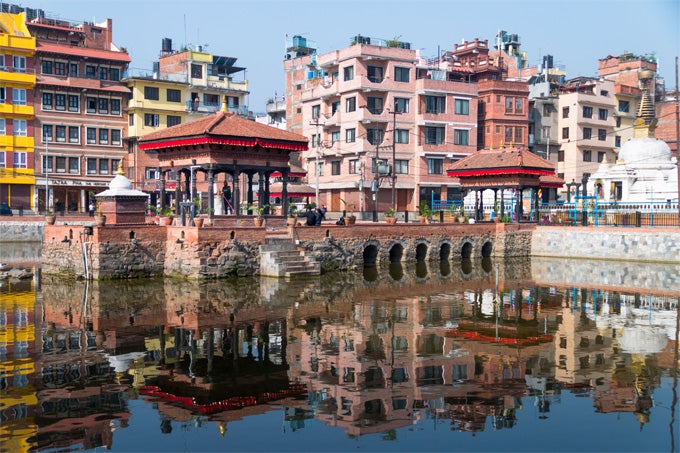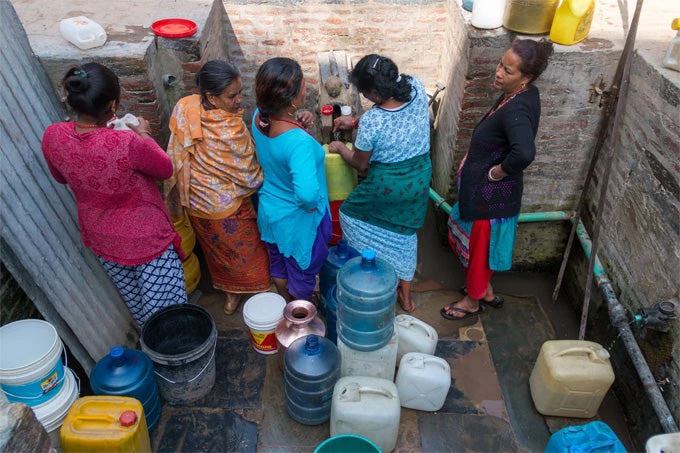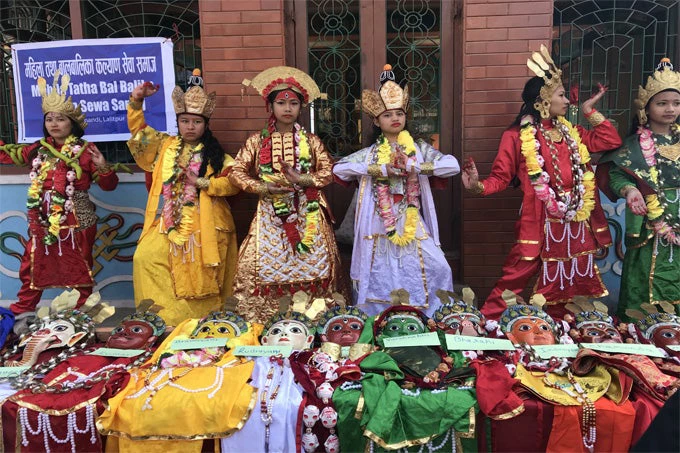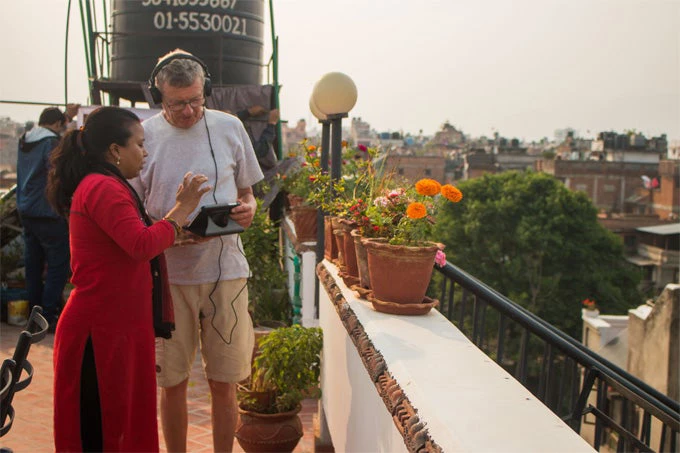
Many people traveling to Nepal choose the Himalayas as their primary destination.
After landing in the capital city of Kathmandu, most adrenaline junkies and nature lovers quickly make their way to the mountains to spend days trekking along high peaks.
But just five kilometers away from the capital city, there is a special place in the Kathmandu Valley with a rich and diverse cultural heritage that’s well worth the trip .
This place is Lalitpur City, or locally known as Patan, “the city of fine arts.”
Located in the center of the city is Durbar Square, one of the seven monument zones in the Kathmandu Valley UNESCO World Heritage site known for its beautiful Newari architecture and home to the ancient royal palace and various Hindu temples and Buddhist monuments.
The metalwork workshops and colorful handicrafts along the streets and walkways surrounding the square are also a reflection of the city’s vast cultural richness.
In 2013, the Lalitpur Metropolitan City (LMC) received a $2.75 million grant from the Japan Social Development Fund (JSDF) to implement the pro-poor Urban Regeneration Pilot Project (PURPP) – managed by the World Bank.
The project supported an integrated approach to urban regeneration that aims to conserve and promote tangible and intangible cultural assets in selected wards of Lalitpur (wards 11, 16 and 20).
This approach is unique in two ways.
First, it combined infrastructure investments and cultural heritage initiatives to enhance the living conditions of the ward residents and promote cultural identity and awareness.
Residents also benefited from the income generated by cultural industries , such as the production of traditional clothing, face masks, jewelry, woodwork, and metalwork. For example, a housewife who received training in traditional dressmaking said that she can now earn between NPR 6,000-7,000 weaving ‘Dhaka’ clothing and contribute to her family income.
Second, the project relied on active participation and collaboration between all stakeholders.
For example, local government agencies, NGOs, community-based organizations (CBOs), businesses, heritage experts, and ward residents steered the vision to regenerate neighborhoods.
The local community played an important role in revitalizing public space and services . Residents paved the streets and installed solar light poles to improve the mobility and safety of pedestrians.
No resident was left behind as funding helped support the poorest and most vulnerable groups, including low caste communities, ethnic minorities, and women, especially those who are single heads of households.

The municipality also mapped out a heritage walk to guide visitors through the city’s historic center. The itinerary begins in Patan Dhoka – one of the historical entrances to the old city – then through the famous Pimbahal Square and Golden Temple and ends in Durbar Square.
Men and women of all ages, as well as children, showcased Nepal’s culture through music workshops, dances, literature, and religious ceremonies. Such initiatives, members of the community observed, helped younger generations learn about some customs once known only to their elders.
Today, it’s encouraging to see young people putting on public cultural performances and earning a wage from it .

Further to that, participating businesses have created jobs, especially for women and young people, by training them to become local tourism guides.
Innovative apps and online platforms were also developed to inform visitors about Lalitpur’s history and tradition.

Put together, PURPP demonstrates that it’s possible to associate urban development and cultural preservation .
Thanks to community participation and the city’s strong leadership, the project proved to be a success: The Government of Nepal is now interested in replicating this community-led urban regeneration approach to the entire Kathmandu Valley.


Join the Conversation